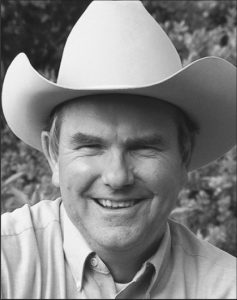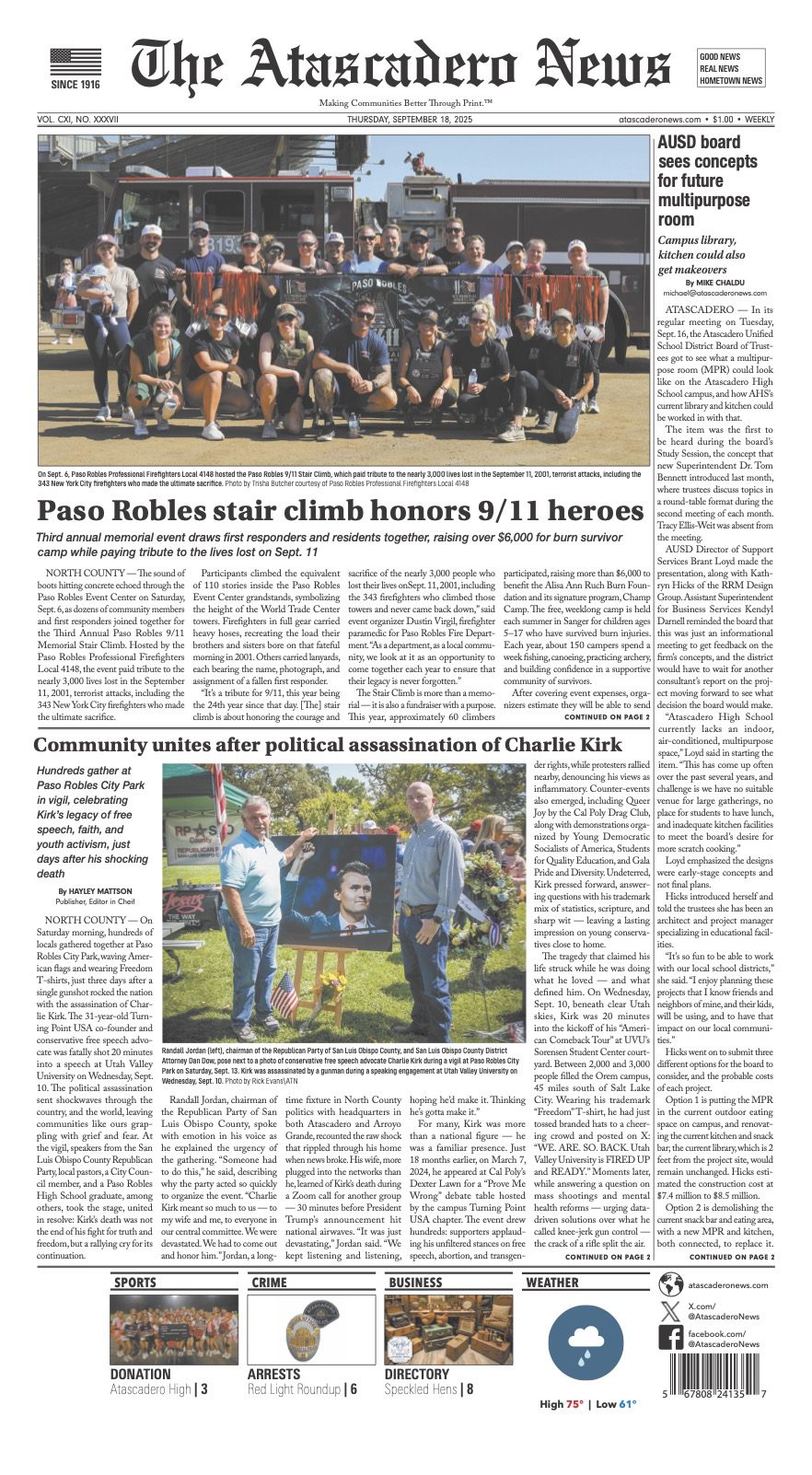There’s been a slow drift towards cultural diversity amongst the cowboy clan, and it hasn’t always been pretty. I witnessed this trend firsthand when I leased a ranch from a cheapskate owner that was bordered on the backside by two more cheapskate owners, each waiting for the others to fix the deplorable fence that divided us. (I think they were afraid of cutting their carrying capacity).

As an astute barb wire collector, I can tell you that the first wire strung on the old fence was of the Kettleson Half Hitch genus and species that was patented in 1878, and some of that wire was repaired and replaced with a more modern version, Wright #2 to be specific, patented in 1894. The only other wire on the old cedar posts was a patch job here and there with “Japanese Suicide, Scars, Scabs, and Stitches” brand.
Thanks to the huge prices we were getting for calves back then (not), the three owners decided to each contribute one cowboy to the job with the cost to be shared equally. (The cost budgeted would have been more than their ancestors had paid for their entire ranches!)
On the morning of fence-fixin’ day, we all arrived on horseback, which was the only way to get to the bad fence. It was a clash of cultures, so diverse war almost ensued. I was there as a proud representative of the vaquero tradition, and a Texas cowpuncher was present wearing his pants stuffed into very tall boots and huge batwing chaps that were heavily scarred by South Texas brush. Displayed prominently and resting in a pommel bag on his saddle was a six-gun, which frightened me because I had come to the fence-fixin’ unarmed. The two of us twiddled our thumbs until the third ranch representative arrived. It seems the Great Basin buckaroo was late because it took him 30 minutes to dress his horse. I’d never seen so many ropes and fancy knots! He wore a flat-brimmed hat and what he called “packer boots,” which were lace-up cowboy boots which I thought defeated the whole purpose of boots because cowboys wear them, so we don’t have to tie any laces.
In true cowboy fashion, none of us was happy to be at the fence-fixin. Any cowboy worth his salt would sooner herd sheep, cut hay, wallow in manure, or be drug by a horse rather than fix fence.
Hostilities began immediately on the very first post hole we dug. Or tried to dig. Each of us had brought what he considered the necessary equipment. My horse Gentleman and I drug an extra horse behind us who was loaded down with a gas powered auger, a can of gasoline, wire stretchers, tee posts, and a post pounder. The Texan, who was not interested in anything mechanical, brought a digging bar and a sardine can, and the Great Basin buckaroo brought a roll of sheep fence.
We should have brought a jackhammer. I set up the two-man auger and the Texas cotton picker, and I held on tight while I pulled the rope. We made it through three inches of topsoil before hitting solid bedrock and broke the pin that held the auger to the engine. Next, the Texan got his digging bar and went to work walloping away at the rock. After 20 minutes of back breaking work, he knelt down and removed a sardine can full of dirt. The Great Basin buckaroo scoffed at us pathetic examples of the cowboy persuasion and said, “Don’t you halfwits know nuthin”? You don’t dig postholes in ground like this, you build them.”
Then he told us about “rock jacks,” which I’d seen on my travels in Nevada, the Dakotas, and eastern Oregon. (They even have a champion rock jack competition in Oregon!) The buckaroo took his roll of sheep fence and made several baskets about a yard wide and a yard high. Then he explained that we’d put a post in the middle of the basket and fill the basket with rocks about the size of a softball, and that would become our post. That was the theory anyway. To the best of my knowledge, that broken-down fence remains so to this day because none of us could find a single suitable rock to put in the rock jack.













